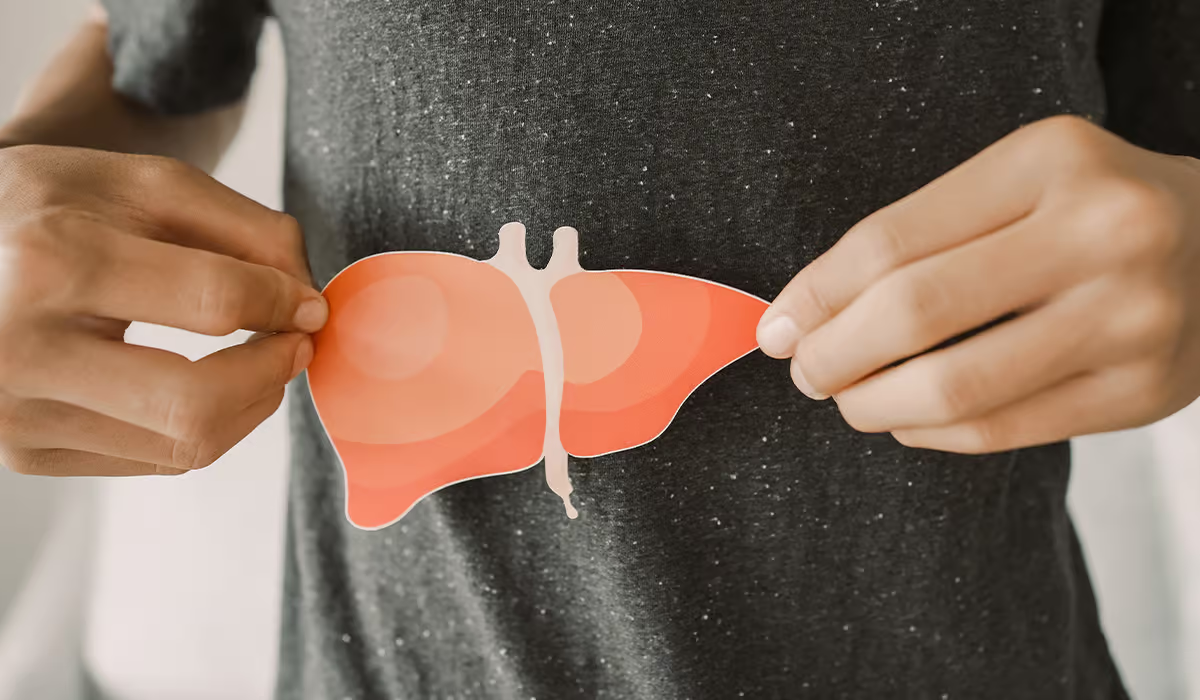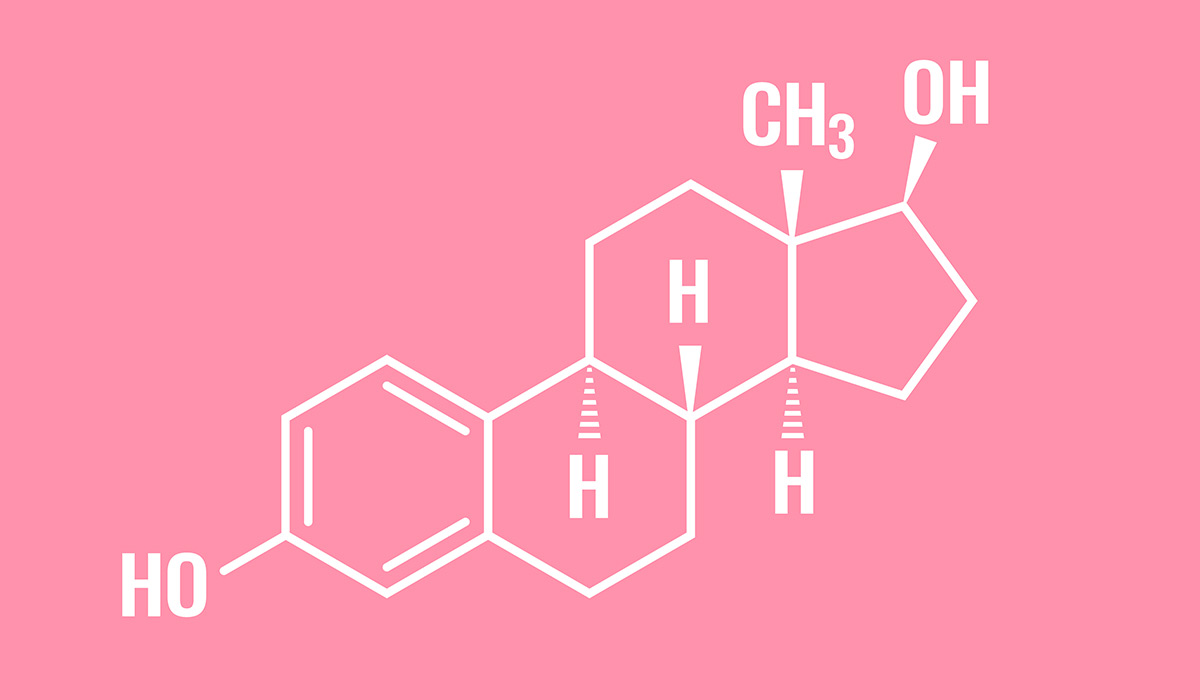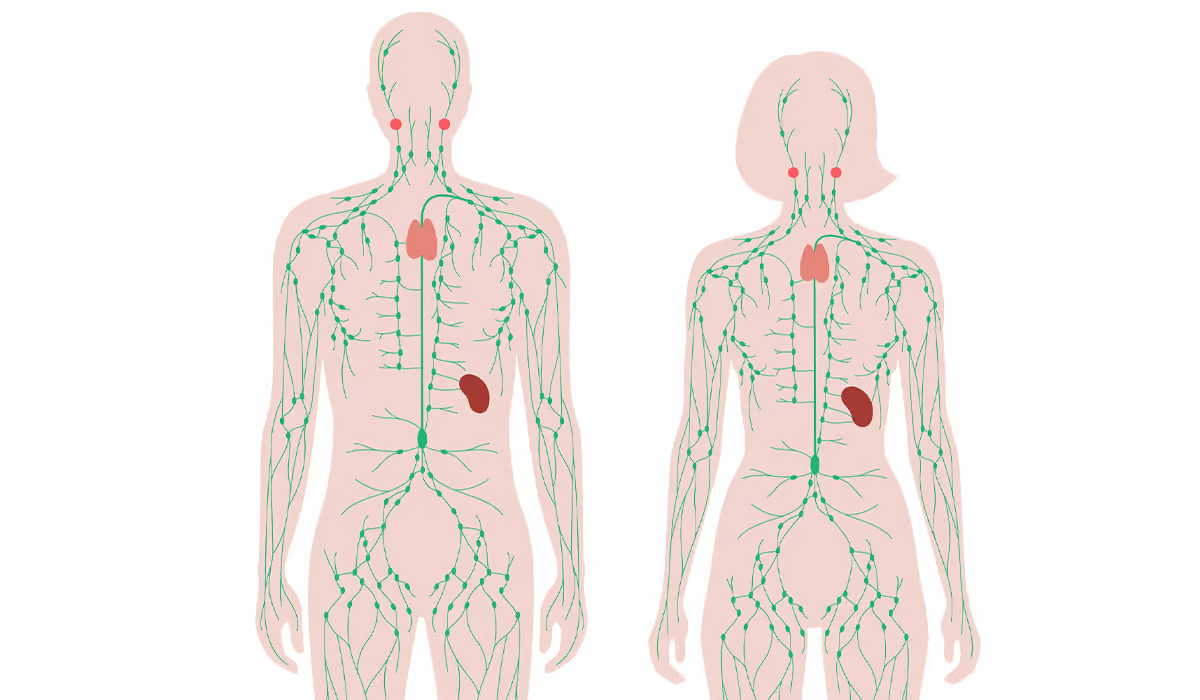The article examines various types of necrosis and factors that cause a tissue to die. It also provides examples of necrosis symptoms, possible treatment options, and strategies doctors use to address necrotic tissue.
How Common is Necrosis?
It’s challenging to provide a specific number of people affected by necrosis yearly because it is not a standalone condition but a complication caused by various underlying factors such as infections, infractions, injuries, and diseases. Necrosis can occur in different organs and tissues, and its severity varies depending on the specific cause and the time you receive treatment.
How Dangerous is Necrosis?
Necrosis can be dangerous as it involves the death of cells and tissues in the body. However, whether necrosis is dangerous to a specific individual depends on various factors, including the underlying cause, the affected organ or tissue, and how quickly the condition is diagnosed and treated.
Types of Necrosis
Doctors classify necrosis based on affected organs, morphological patterns, and type of damage. Examples of the types include:
Caseous Necrosis
Caseous necrosis may be a result of fungal or bacterial infection. Cells that died because of that type of necrosis are soft and look like cheese – hence the name ‘caseous,’ which means ‘cheese-like.’ It is often caused by tuberculosis, a severe illness that affects the lungs.
Liquefactive Necrosis
Liquefactive necrosis can occur because of fungal, bacterial, viral, and parasitic infections. It can also develop in the brain due to stroke, which results in the death of brain tissue.
Aside from the brain, liquefactive necrosis can develop in the lungs and
the tissues near the affected site. Dead cells caused by this type can be yellow due to pus formation or thick and sticky. They dissolve entirely within several hours after their death.
Coagulative Necrosis
The cells that died from coagulative necrosis don’t undergo any visible changes even days after death. After enough time, the necrotic tissue may appear paler than the surrounding healthy tissue.
Coagulative necrosis can affect any body part except the brain. It develops when insufficient blood and oxygen supply for the affected tissue or organ.
Fibrinoid Necrosis
Characteristic signs of fibrinoid necrosis are pink cells that seem to lack structure. It develops within blood vessels and results from damage caused by infections or autoimmune diseases.
Fat Necrosis
Fat necrosis affects body parts that contain a lot of fatty tissue, including breasts and pancreas. It can develop due to damage to the tissue caused by radiation therapy, injuries, or surgeries.
Fat necrosis causes the damaged tissue cells to release enzymes, which turn them into a liquid. This results in white deposits on cells after calcium combines with the liquid.
Gangrenous Necrosis
Gangrenous necrosis causes black skin that can rot over time. It is linked to insufficient blood flow and infections. It usually affects the legs but can also develop in the arms and fingers.
Gangrenous necrosis is rare but has a high mortality rate. People who develop this type of necrotic tissue have their lives affected significantly.
Avascular Necrosis (Osteonecrosis)
Avascular necrosis is also known as osteonecrosis, bone necrosis, and aseptic necrosis. It develops when bone tissues are cut off from the blood supply. Without enough blood, bones break, and their tissues die.
Pancreatic Necrosis
Pancreatic necrosis is a severe complication that may result from acute pancreatitis. Like other tissues, pancreatic tissue dies if it receives limited blood supply.
Necrosis of the pancreas can also lead to an infection that can spread to the blood. In the worst-case scenario, it may result in sepsis, potentially causing organ failure.
Pulp Necrosis
Pulp necrosis occurs when the pulp in the tooth dies. The pulp is the center of each tooth and consists of connective tissue, nerves, and blood vessels.
If untreated, tooth injury or decay may lead to severe infection of the flesh inside the tooth. In the worst-case scenario, the infection can cause the pulp to die, resulting in necrosis.
Spider Bite Necrosis
If you get bitten by a brown recluse spider and don’t receive treatment early, you may develop necrotic tissue called spider bite necrosis. This type of necrosis is rarely observed but should not be underestimated. The venom of brown recluse may cause the death of tissues surrounding the bitten skin and even damage the deeper tissues in most severe cases.
Causes
Necrosis develops when the oxygen supply delivered to tissues by blood is insufficient. It may happen due to many reasons. The most common scenarios include toxins, diseases, injuries, infections, and infractions.
Toxins
Toxins such as poisons, narcotics, and venom can block normal blood flow, leading to the development of necrotic tissue. For example, chemical agents, including arsenic and cocaine, can cause necrosis in the kidneys.
The venom of the brown recluse spider can also cause necrosis. Fortunately, the risk of necrosis is significantly lower if the bite is treated quickly. If you get bitten or stung by other venomous animals, such as scorpions, jellyfish, or snakes, contact your healthcare provider as soon as possible – taking care of your wound early reduces the risk of necrosis.
Diseases
Certain diseases may disrupt blood flow and damage blood vessels, cutting off tissues and bones from oxygen supply. These particularly include:
- Sickle cell disease
- Chronic kidney failure
- Gaucher disease
- Cushing’s disease
- Decompression disease
- Alcoholism
- Systemic lupus erythematosus (SLE)
Injuries
Injuries are another common cause of necrosis. Car accidents, falls, and other types of traumatic injuries may damage blood vessels, blocking blood flow to tissues and bones.
Frostbite is another type of injury that may cause necrotic tissue. If you freeze your skin and the tissues below, you are at risk of gangrene, which can result in necrosis. Gangrene occurs if frostbite is not treated quickly. It causes the affected skin area to turn black, which means that the cells constituting the skin and underlying tissues have died. It can’t be cured and requires surgery to remove the dead tissue.
Less commonly, necrosis occurs due to these types of injuries:
- Radiation exposure
- Bone fractures
- Chemical and electrical burns
- Traumatic brain injuries

Infections
Infections of fungal, viral, bacterial, and parasitic origin can result in necrosis. Severe infections put you at higher risk of developing necrotic tissue, but minor wounds that get infected may also result in necrosis. It will most likely develop on extremities, including hands, feet, and genitals.
According to the doctors, group A Streptococcus bacteria is the most common cause of necrosis that results from infection. Other bacteria that may cause necrosis include:
- Staphylococcus aureus
- Clostridium perfringens
- Enterococci
- Anaerobic and gram-negative bacteria
As for viruses, these are commonly linked to necrosis:
- West Nile virus
- Vaccinia virus
- Human immunodeficiency virus (HIV)
- Herpes simplex virus type-1 (HSV-1)
Infractions
Infraction refers to the death of tissue resulting from the following scenarios:
- Blood clot obstructing a blood vessel
- Narrowing of the blood vessel
- Insufficient blood supply to the specific part of the body
A tissue that died due to an infraction is known as an infarct. Infarcts are often a result of deep vein thrombosis (DVT) – a blood clot in the vein that blocks blood supply. Necrosis of this type is usually observed in the legs but can develop in other parts of the body.
Risk Factors
As you age, you are at a greater risk of developing necrosis. The chance of getting injuries, diseases, infections, and other health problems increases with age, and so does necrosis, which is linked to these medical issues. Because of that, age is considered to be the most contributing factor.
The second most significant factor is abusing alcohol. The more alcohol you drink, the more likely you are to develop necrotic tissue. It is particularly likely to occur in the liver, an organ responsible for breaking down and neutralizing toxins. Alcohol is toxic and dangerous to cells, which means your liver needs to detoxify it. But if you drink too much for too long, cells in your liver may die and trigger necrosis.
Prolonged use of certain medications may also put you at risk of necrosis. Such medications include corticosteroids – anti-inflammatory drugs used to treat asthma, inflammatory bowel disease, lupus, multiple sclerosis, and many other medical conditions. Unfortunately, they have been linked to an increased risk of necrosis. The risk is the greatest if they are used to treat lupus.
Certain types of wounds can also cause necrosis. These include insect bites, open wounds, and traumatic injuries. They may also result in infection, one of the possible causes of necrosis.
Lastly, necrosis can develop as a complication of some medical conditions. These particularly include HIV, chronic renal (kidney) failure, diabetes mellitus, and vascular disease.

Signs And Symptoms
Necrosis causes a wide variety of symptoms, which can vary significantly between people. Many issues occur only in a specific type of necrosis and may not develop in others. For example, if it is a complication of a wound, it may cause the following symptoms:
- Skin blisters
- Chills
- Severe pain
- Fever (high body temperature)
- Increased heart rate
- Excessive sweating
- Numbness at the site of the wound
- Redness that spreads
- Difficulty concentrating
- Gray liquid draining from the wound
- Cracking or popping sensation under the skin
Despite the many possible outcomes, some necrosis symptoms are more common than others. If you develop necrotic tissue, you are likely to experience these issues:
- Skin discoloration
- Numbness
- Skin redness
- Blisters
- Pain at the affected site
- Fatigue
- Sensation under the skin

Treatment
If you experience necrosis symptoms, you should seek medical attention as soon as possible. Necrosis doesn’t go away independently, and treating it with home remedies is impossible. Your healthcare provider will decide which treatment option works best for your case. This will depend on the severity of your necrosis, its type, and the cause.
Strategies to address necrotic tissue usually include the following:
- Tetanus immunization: You may need to receive a shot for tetanus in order to prevent additional infections from happening.
- Medication: Your doctor may recommend medicines if your necrosis is caused by an infection. These may include antifungal drugs and antibiotics.
- Tissue removal: A surgical procedure to remove dead tissue is used to prevent the spreading of necrosis and damage to surrounding healthy tissues.
- Hyperbaric oxygen therapy: Hyperbaric oxygen therapy involves supplying the body with pure oxygen using a pressurized oxygen chamber. This method is said to treat wounds and promote the healing of damaged tissues.
When Should You See a Doctor?
Necrosis is a severe condition that requires early diagnosis and treatment. If you notice any of the following signs or symptoms, you must see your healthcare provider as soon as possible:
- Discoloration of the skin
- Persistent and severe pain in a specific area of your body
- Unexplained swelling, redness, or inflammation
- A foul odor from a wound or affected area
- High fever and chills
- Loss of sensation, numbness, or tingling in a specific area
- Wounds that are not healing
- Warmth in the affected area
The above symptoms may indicate necrosis and other dangerous conditions, such as nerve damage, severe infections, and organ inflammations. Early intervention is crucial in preventing further complications associated with these symptoms. Your doctor can conduct a thorough examination, order necessary tests, and recommend appropriate treatment based on the underlying cause of your specific case.
Necrosis – Key Facts You Should Know
Necrosis is the death of cells in body tissues due to limited, blocked, or disrupted blood supply. This condition usually results from infections, injuries, and diseases. The severity of necrosis varies based on the cause, affected organ, and how soon it is treated.
Necrosis types include caseous, liquefactive, coagulative, fibrinoid, fat, gangrenous, avascular (osteonecrosis), pancreatic, and pulp necrosis. Each type exhibits distinct characteristics and may affect different body parts.
Necrosis can be caused by toxins, diseases (e.g., sickle cell disease, chronic kidney failure), injuries (trauma, frostbite), infections (bacterial, viral, fungal), and infractions (blood clots, narrowing of blood vessels).
Risk factors for necrosis include aging, alcohol abuse, prolonged use of certain medications (e.g., corticosteroids), specific wounds (insect bites, open wounds), and underlying medical conditions like HIV, chronic renal failure, diabetes, and vascular disease.
Necrosis symptoms vary but may include skin discoloration, numbness, pain, blisters, and fatigue. Early diagnosis and treatment are crucial to prevent complications. Tetanus immunization, medications (antifungal, antibiotics), surgical tissue removal, and hyperbaric oxygen therapy are common strategies to address necrotic tissue.
Seek medical attention as soon as possible if you experience severe pain, swelling, foul odor from a wound, fever, numbness, or non-healing wounds. These symptoms may indicate necrosis or other serious conditions.
Sources
- NIH. (2023). Necrosis.
https://www.ncbi.nlm.nih.gov/books/NBK557627/ - Tim Kendall. Necrosis.
https://pathologia.ed.ac.uk/topic/necrosis/ - Andréas Astier. (2022). The Different Types of Necrosis and Their Histological Identifications.
https://www.andreasastier.com/blog/the-different-types-of-necrosis-and-their-histological-identifications - Wulf Tonnus, et al. (2019). The pathological features of regulated necrosis.
https://pathsocjournals.onlinelibrary.wiley.com/doi/full/10.1002/path.5248 - Lauryn McLoughlin. An Insight Into Necrosis- Causative Effects And Methods Of Prevention
https://www.assaygenie.com/blog/guide-to-necrosis


